Project in the Business Area Photovoltaics; Topic: Silicon Photovoltaics; Field of Work: Feedstock, Crystallization and Wafering; Duration: October 2010 - September 2013
more infoResearch Projects
-
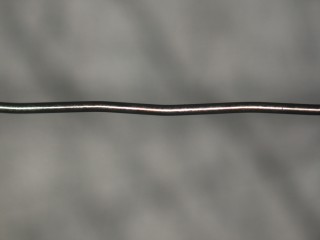
Fig. 1: Microscope image of a structured wire.
-
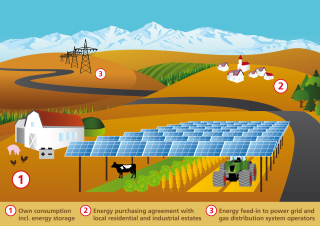
Concept of an APV system.
The costs of ground-mounted PV systems continue to fall. Experts forecast that in about five to eight years, such PV installations will become cost-effective even without the financial support of the Renewable Energy Act (EEG). Decreasing costs spurn on new types of business models for land use and as a result new challenges arise. Increased competition for land use, for example, can cause the rental price for land to rise. The innovation group APV-RESOLA is therefore developing and investigating a new type of PV system that ensures the coexistence of agriculture use and electricity production on the same piece of land. | Duration: 03/2015 - 01/2021
more info -
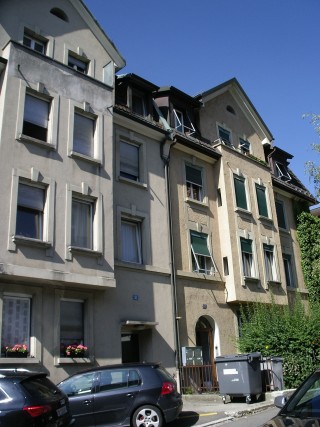
Art Nouveau building in Zürich before renovation.
A Plus-Energy Building certificate was awarded within the framework of the Swiss Solar Prize for the renovation of an apartment building in Zurich, where a challenging example of building-integrated photovoltaics (BIPV) was designed with support from Fraunhofer ISE. By integrating photovoltaics into the roof and facade surfaces, a Plus-Energy standard was achieved, while preserving the Art Nouveau architecture. Simulation models of Fraunhofer ISE were used for the detailed system design with respect to yield and operational safety. These models consider partial shading, different module orientations and module sizes using a 3D model. The renovation was completed in April 2015 and the BIPV contributes with its yields significantly to achieving the Plus-Energy standard, as predicted. | Duration: 2015 - April 2016
more info -

Fig. 1: In addition to yellowing, crystal-shaped delamination can also occur in PV laminates.
Project in the Business Area Photovoltaics; Topic: Photovoltaic Modules and Power Plants; Field of Work: Service Life of Modules and Materials; Duration: January 2013 - March 2014
more info -
Design2PV – Efficient BIPV Modules with Innovative Design
Development of industrially manufacturable BIPV modules with high efficiency, innovative design and great design freedom
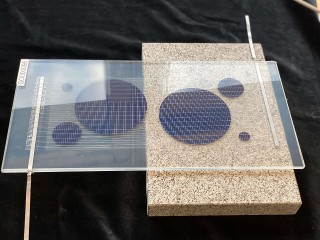
Right: basic principle of the electrical interconnection of solar cell parts to form cell clusters (parallel) and the interconnection of cell clusters to form strings (serial). Left: first functional test module as well as visualization of a possible application.
The aim of the project is to develop BIPV modules with high efficiency, innovative design and wide design scope based on a new idea for the electrical interconnection of crystalline silicon solar cells in different sizes and geometrical patterns. The modules are to be designed as glass-glass modules. By using a multi-wire interconnection, certain areas of a module can be covered with solar cells while other areas can remain transparent. Design2PV modules thus achieve a partially transparent appearance and enable very good aesthetic integration in front of opaque surfaces, in glazings or in semi-transparent roofing applications. | Duration: 11/2017 - 04/2021
more info -
Evaluation PID – Modules and Power Plants
PID – Theory and Practice
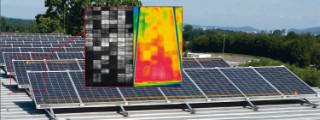
Generator with affected modules near Freiburg.
Project in the Business Area Photovoltaics; Topic: Photovoltaic Modules and Power Plants; Fields of Work: Module Testing and Photovoltaic Power Plants; Duration: June 2013 - June 2014
more info -
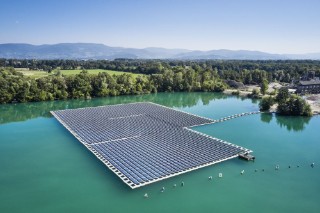
Floating PV system with an installed capacity of 749 kWp on the Maiwaldsee lake near Renchen (Baden-Württemberg).
The goal of the project is to investigate the effects of multiple FPV system configurations on different types of lakes. These findings will then be used to best shield affected aquatic ecosystems from climate change induced changes during FPV plant design. Based on different factors, such as surface occupancy or module tilt angle, an influence on the energy balance in the lake will be calculated, which both counteracts the effects of climate change as much as possible and maximizes electricity yields. | Duration: 01/2022 - 12/2024
more info -

Theoretical fraction of AM1.5G spectrum that can be converted by a GaInP/GaAs/Si triple junction solar cell.
Project in the Business Area Photovoltaics; Topics: III-V and Concentrator Photovoltaics, Silicon Photovoltaics; Fields of Work: III-V Epitaxy and Solar Cells, Tandem Solar Cells on Crystalline Silicon; Duration: June 2015 - May 2017
more info -
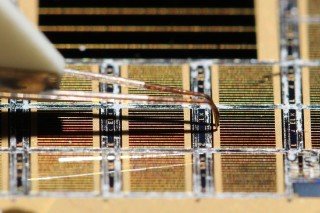
GaSb-based four-junction solar cell under the sun simulator to measure its IV-characteristic.
Project in the Business Area Photovoltaics; Topic: III-V and Concentrator Photovoltaics; Fields of Work: High-Concentration Systems (HCPV), III-V Epitaxy and Solar Cells, Concentrator Optics and Concentrator Assemblies; Duration: September 2014 - February 2019
more info -
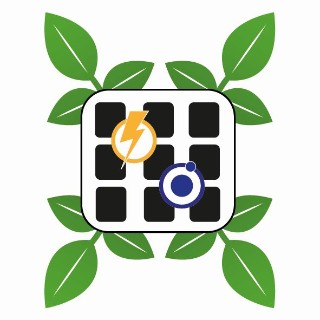
HyPErFarm Logo.
Project in the Business Area: Photovoltaics, Photovoltaic Modules and Power Plants, Topic: Photovoltaic Power Plants, Duration: 11/2020 - 10/2024
more info